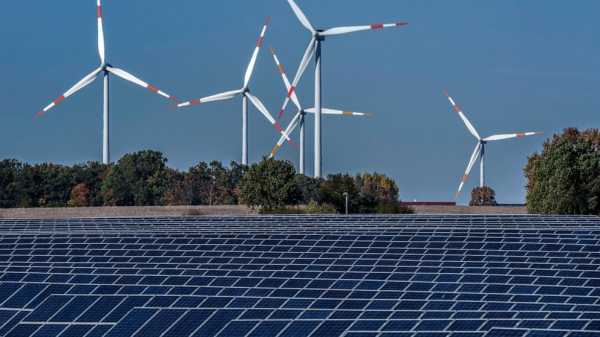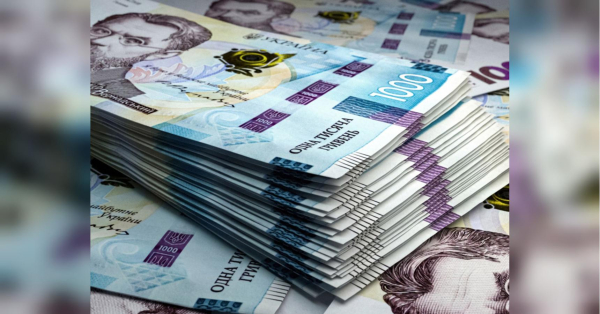
BERLIN — Germany's economy minister welcomed a deal Friday among European Union countries to increase by more than a third the bloc's renewable energy target for 2030.
Representatives of the 27 member states approved a package raising the current goal of 32% to 45% by 2030. About 22% of the EU's total energy consumption came from renewables in 2021, meaning the new target will double the amount in less than a decade.
The deal includes a number of exceptions to cover the interests of various member states, including specific clauses on hydrogen production.
“The new European rules will trigger an investment boom for renewables and make it legally binding,” said Economy Minister Robert Habeck, whose portfolio includes energy and climate.
Russia’s war in Ukraine has accelerated the EU’s green transition. The bloc reduced its dependency on Russian fossil fuels and increased its renewable energy use over the past year.
Under the new rules, countries that fail to add enough solar, wind and other forms of renewable energy each year could be fined by the EU. The share of renewables must increase by 0.8 percentage points annually until 2025, after which it will have to rise by 1.1 percentage points.
This will amount to more than 100 gigawatts of new wind and solar capacity installations across the bloc each year, Habeck's office said.
The energy, housing, industrial and transport sectors will each have specific targets for renewable energy use.
Agreement had been held up by France and several eastern European countries demanding that hydrogen produced with nuclear power should be counted toward renewable energy targets. The German government, which opposed this, said that will now not be the case, though there will “a bit more flexibility” on hydrogen targets for countries that meet their renewable energy goals.
Separately, countries agreed to introduce binding quotas for the use of e-fuels — made using renewable energy — in the aviation sector, starting with a share of 1.2% in 2030 that rises to 35% by 2050. Biofuels made from waste products and other renewable resources will need to make up a further 35% of aviation fuels used by mid-century.
—-
Follow AP’s coverage of climate and environment at https://apnews.com/hub/climate-and-environment
Sourse: abcnews.go.com






